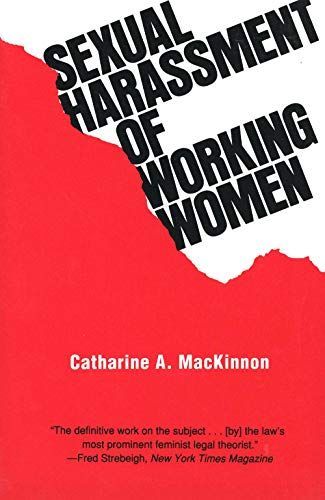
Sexual Harassment of Working Women A Case of Sex Discrimination
A comprehensive legal theory is needed to prevent the persistence of sexual harassment. Although requiring sexual favors as a quid pro quo for job retention or advancement clearly is unjust, the task of translating that obvious statement into legal theory is difficult. To do so, one must define sexual harassment and decide what the law's role in addressing harassment claims should be. In Sexual Harassment of Working Women,' Catharine Mac-Kinnon attempts all of this and more. In making a strong case that sexual harassment is sex discrimination and that a legal remedy should be available for it, the book proposes a new standard for evaluating all practices claimed to be discriminatory on the basis of sex. Although MacKinnon's "inequality" theory is flawed and its implications are not considered sufficiently, her formulation of it makes the book a significant contribution to the literature of sex discrimination. MacKinnon calls upon the law to eliminate not only sex dis- crimination but also most instances of sexism from society. She uses traditional theories in an admittedly strident manner, and relies upon both traditional and radical-feminist sources. The results of her effort are mixed. The book is at times fresh and challenging, at times needlessly provocative. -- https://www.jstor.org (Sep. 30, 2016).